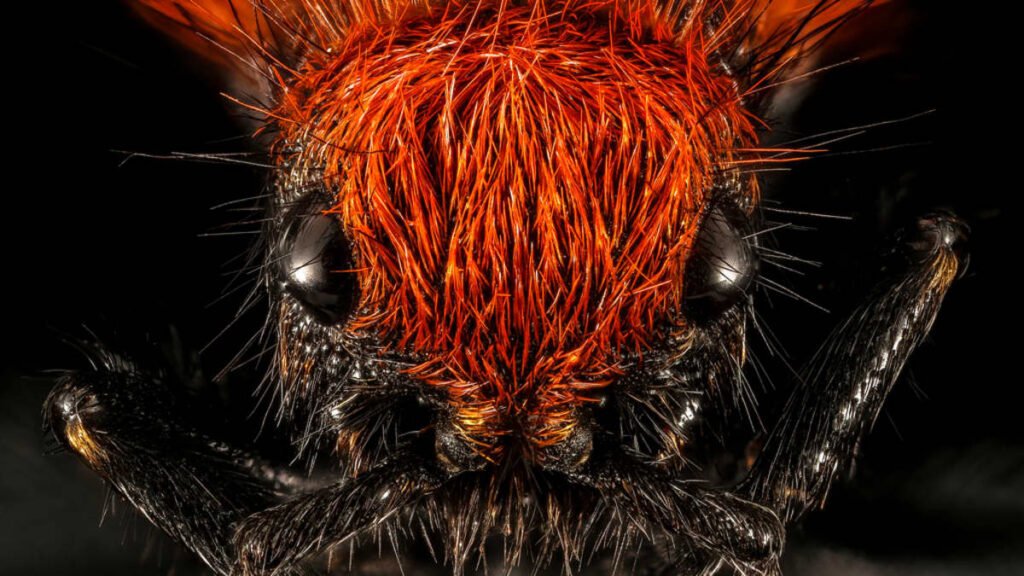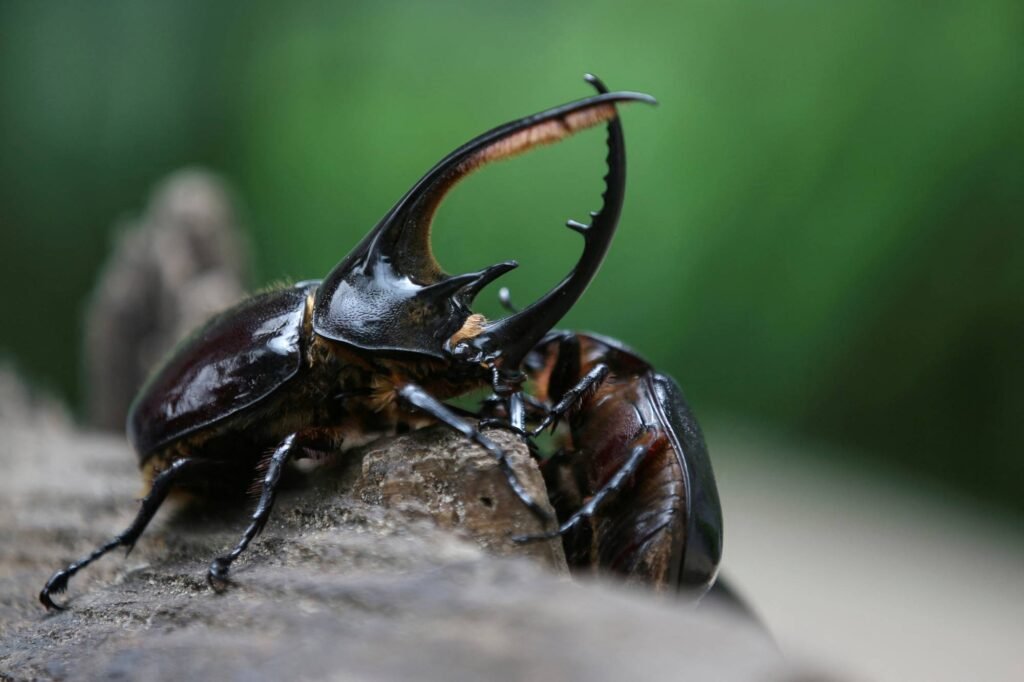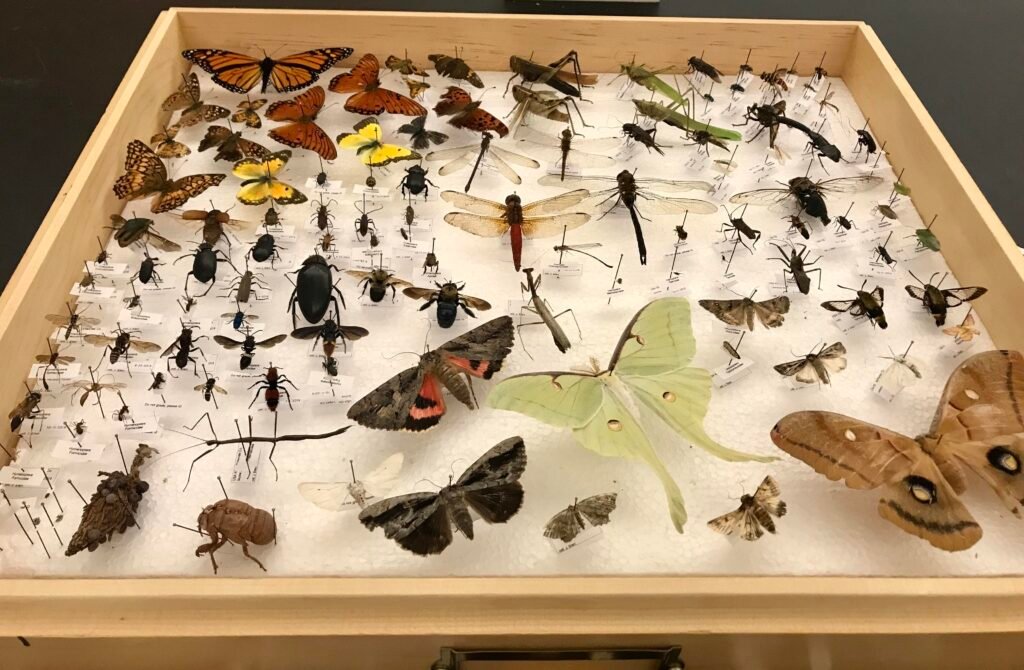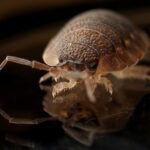Let’s explore the taxonomy of insects. Insects are classified into different groups of animals known as phyla, such as Chordata, which includes animals with backbones. Insects, however, fall under the phylum Arthropoda, demonstrating their unique place in the fauna and highlighting the remarkable diversity of insects in the fauna.

Insects are arthropods
• Rigid outer covering known as exoskeleton.
• Their body is segmented.
• Possesses at least three pairs of legs, all of which are jointed.
The phylum Arthropoda is subdivided into various classes, including:
- Crustacea: Examples include crabs, crayfish, and prawns.
- Arachnida: Encompasses spiders, mites, and scorpions.
- Myriapoda: Includes millipedes and centipedes.
- Insects: (Insects.)

insects are successful and important
Among invertebrates, insects stand out as the sole group equipped with wings. Their remarkable success can be attributed largely to their capacity for flight, allowing them to explore and inhabit new environments. The scientific discipline dedicated to the study of insects is known as entomology, and individuals who specialize in this field are referred to as entomologists.
Insects fulfill crucial roles within ecosystems worldwide. They contribute to pollination of flowering plants, serve as a vital food source for insectivorous animals, and aid in the decomposition process of organic matter, highlighting their significance in the web of life.
About insects
Dive into the captivating realm of insects in this blog, uncovering their incredible diversity, vital ecological roles, and fascinating adaptations. From pollination to decomposition, explore the intricate web of life woven by these remarkable creatures.
Insects Characteristics and evolution
In modern insect classification, the class Insecta is organized into 29 distinct orders, each often known by a generic name.
- Mantodea – praying mantids
- Blattodea – cockroaches
- Isoptera – termites
- Siphonaptera – fleas
- Odonata – dragonflies and damselflies
- Dermaptera – earwigs
- Diptera – flies
- Lepidoptera – butterflies and moths
- Orthoptera – grasshoppers, katydids, crickets
- Coleoptera – beetles
- Hymenoptera – wasps, bees, ants, sawflies

The Insects Body
A question that is difficult to answer simply: defining the characteristic external features of insects is not straightforward due to the numerous exceptions within the class Insecta. Although there is no single general body plan for insects, there are some broad features that most insects have.
insects features
- An insect’s body is typically segmented into three primary regions: the head, thorax, and abdomen, each serving distinct functions in the insect’s physiology and behavior.
- Unlike vertebrates, insects lack an internal skeleton; instead, they possess an external shell known as an exoskeleton. This exoskeleton provides support and protection for their internal organs.
- With rare exceptions like caterpillars, insects typically possess no more than three pairs of legs. However, immature forms like caterpillars may have additional appendages called prolegs, which function similarly to legs.
- Insects commonly have a mouth structure consisting of paired lower jaws (maxillae) and upper jaws (mandibles) adapted for biting. However, variations exist, with some insects like moths and butterflies possessing tubular sucking mouthparts, while others, such as blood-sucking bugs, have piercing-sucking mouthparts. Additionally, certain adult insects lack functional mouthparts altogether.
- A defining feature of insects is the presence of one pair of antennae situated on the head, which play crucial roles in sensing the environment and detecting chemical cues.
- While the majority of insects possess one or two pairs of wings, exceptions exist; for instance, wingless species like lice, fleas, bristletails, and silverfish demonstrate the diverse range of adaptations within the insect class.
By collectively examining these characteristics, we can effectively differentiate insects from other arthropods, facilitating accurate identification and classification within the diverse realm of invertebrate organisms.
Insects Evolution
Insects have a long evolutionary history, with their origins dating back to before the Devonian period, around 400-360 million years ago. By the Carboniferous period, approximately 360-285 million years ago, insects had already adapted to flight, marking a significant milestone in their evolutionary trajectory.
The development of flight was a crucial evolutionary breakthrough for insects, leading to their remarkable diversification during the Permian period, around 285-245 million years ago. Flight remains a unique feature of insects among arthropods, contributing to their unparalleled diversity. By the Permian period, the fundamental anatomical characteristics of numerous modern insect orders had already emerged.
Insect groups such as Hymenoptera (including ants, bees, wasps, and sawflies) and Lepidoptera (encompassing butterflies and moths) emerged relatively later in Earth’s history, with their fossils dating back to the Jurassic period, approximately 210-145 million years ago. Praying mantids, classified as Mantodea, made their appearance during the Eocene period, preserved in fossilized amber from around 60-35 million years ago.




